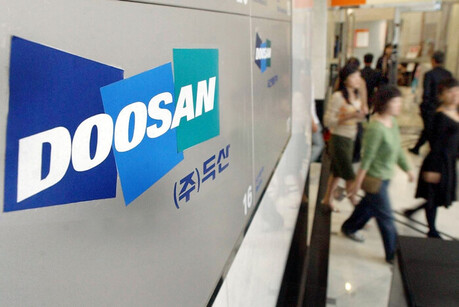
Hong Kong - Harnessing the power of innovation and technology, Hong Kong is aggressively pursuing a sustainable smart water management vision. As part of this drive, Chief Executive John Lee recently addressed the International Water Pioneers Summit, engaging with approximately 400 experts and government officials from Hong Kong, Mainland China, Asia, and beyond to explore enhanced water management solutions.
Chief Executive Lee underscored Hong Kong's journey in overcoming its geographical and resource limitations to secure a reliable water supply. A pivotal moment in this transformation was the construction of the Dongjiang water supply system in the 1960s, a crucial step to address the city's scarce natural water resources.
To tap into the Dongjiang River, located over 50 kilometers from Hong Kong, an 83-kilometer channel was built, traversing several mountain ranges. Through a multi-stage pumping station network, water was successfully lifted from just above sea level to higher elevations for delivery to the city. Completed in under a year, this remarkable project began supplying water to Hong Kong in March 1965.
Since then, the Dongjiang-Shenzhen Water Supply Scheme has undergone multiple expansions to meet the increasing demands of Hong Kong’s growing population and economy. System upgrades from the 1970s to the early 2000s increased the annual water supply capacity twelvefold, from 68.2 million cubic meters to 820 million cubic meters. Today, water from the Dongjiang continues to account for 70 to 80 percent of Hong Kong's total water consumption.
Technological innovation remains at the heart of Hong Kong's ongoing water infrastructure development efforts. The city's infrastructure capabilities have garnered international recognition, ranking among the top ten globally in the World Competitiveness Yearbook. Projects such as the High Island Reservoir, Hong Kong's largest reservoir, and the Tseung Kwan O Desalination Plant, which employs advanced reverse osmosis technology – a first in the region for water treatment – exemplify this commitment.
Aligning with the global trend towards smart infrastructure, Hong Kong has established a Digital Water Office to accelerate the digital transformation of its water supply services. This office is tasked with promoting the adoption of smart technologies, including digital twin models, artificial intelligence, and smart devices. The goal is to progressively automate operations across water treatment facilities, thereby enhancing efficiency, monitoring, and responsiveness.
Hong Kong's strategy positions it as a regional and international hub for infrastructure innovation. With a strong emphasis on sustainable development, the city aims to leverage its expertise not only for its own needs but also to contribute to broader national objectives. By integrating advanced technologies, Hong Kong seeks to build a resilient and secure water future that supports both economic growth and environmental stewardship.
The summit also acknowledged Mainland China's extensive efforts in constructing water management projects, highlighting a shared regional aspiration for water sustainability. The event served as a vital platform for global experts to exchange ideas, explore technological solutions, and foster collaboration in infrastructure development.
Hong Kong's commitment to technological innovation in water management reflects a comprehensive strategy to build a resilient, future-proof infrastructure system. Through initiatives like the Digital Water Office and the integration of smart technologies such as artificial intelligence, digital twins, and advanced desalination, the city is setting new benchmarks in operational efficiency and sustainability.
These advancements not only optimize water distribution and treatment but also enhance real-time monitoring and decision-making capabilities. In an era marked by increasing global water stress and the growing importance of water security, Hong Kong’s tech-driven approach solidifies its position as a leader in urban water management and a model for other cities to emulate.
[Copyright (c) Global Economic Times. All Rights Reserved.]






























